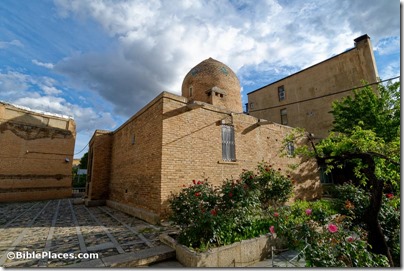“A singular two-millennia-old subterranean system of three rooms has been uncovered near the Western Wall. The three-room complex — painstakingly chiseled by hand out of bedrock prior to the fall of Jerusalem in 70 CE — is the first evidence of everyday life gone underground in the ancient city.” There’s a nice 3-minute video in English here.
“An intact terracotta sarcophagus dating from the second century AD has been unearthed alongside the archaeological site of Ostia Antica” near Rome.
Researchers have found that early Iron Age Nubia utilized bitumen from the Dead Sea in funeral preparations.
“An incredible, undisturbed tomb probably dating back to the Punic period has been found in Tarxien” on the island of Malta.
Eberhard Zangger and Rita Gautschy argue that a monumental depiction of the Hittite pantheon in the rock sanctuary of Yazılıkaya near Hattusha actually served as an ancient calendar based on celestial events.
A study of a trash pit in Beth-Yerah/Philoteria provides insights into the diet of the inhabitants in the 2nd century BC.
The founders of Hobby Lobby are suing Christie’s auction house for selling it a stolen copy of the Gilgamesh Dream Tablet.
Some of the lectures from the Bar Ilan archaeology series have been recorded and are available online.
HT: Agade, Keith Keyser, Arne Halbakken
![Church of the Holy Sepulcher locked, nf7550-sr_thumb[1] Church of the Holy Sepulcher locked, nf7550-sr_thumb[1]](https://www.bibleplaces.com/wp-content/uploads/2020/05/Church-of-the-Holy-Sepulcher-locked-nf7550-sr_thumb1_thumb.jpg)
